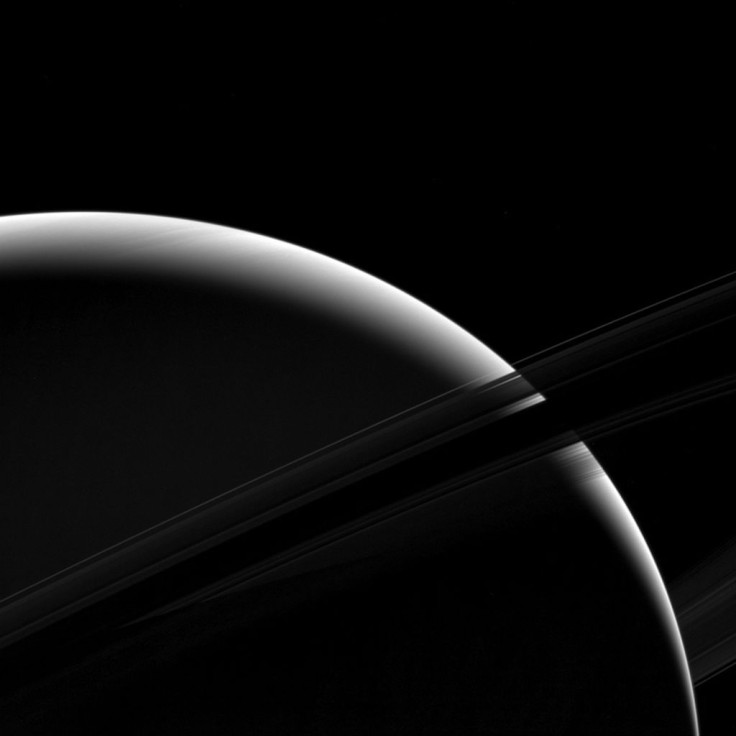Saturn Rings Vanishing At 'Worst-Case-Scenario' Rate: What Is Causing It?

Saturn's iconic rings may vanish completely 100 million years from now. NASA recently confirmed that Saturn's rings are disappearing at the maximum rate determined from Voyager 1 and 2 observations decades ago.
But how exactly is Saturn losing its rings? According to studies, gravity is pulling the rings into Saturn as a dusty rain of ice particles with the help of the planet's magnetic field.
James O'Donoghue of NASA's Goddard Space Flight Center in Greenbelt, Maryland said that the amount of water products drained from Saturn's rings every half an hour could fill an Olympic-sized swimming pool. Based on this, Saturn's rings could disappear in 300 million years.
However, this isn't the only thing causing the vanishing of Saturn's rings. The Cassini-spacecraft measured ring-material detected falling into Saturn's equator will shorten the rings' lifespan to less than 100 million years. O'Donoghue, the lead author of a study on Saturn's ring rain, added that 100 million years is a relatively short time when compared to Saturn's age, which is 4 billion years.
The Saturn ring rain research may also answer the mystery of whether Saturn was formed with its rings or if the planet acquired them later. O'Donoghue and his team's research supports the latter hypothesis as based on this, the rings are unlikely to be older than 100 million years. It would apparently take this long for the C-ring to become what we know it to be today, assuming it was once as dense as the B-ring.
The researcher told Science Daily that we are lucky to have been able to witness Saturn's ring system, which seems to be halfway through its lifetime. He also added that if Saturn's rings are indeed temporary, humans may have missed out on seeing the giant ring systems of Jupiter, Uranus and Neptune since these planets only have thin ringlets now.
There have been many theories as to the origin of Saturn's rings. If they only developed after Saturn was born, the rings may have formed due to the collision of small, icy moons that orbit around the planet. The collision could have been caused by a gravitational tug from a passing comet or asteroid.
© Copyright IBTimes 2024. All rights reserved.





















